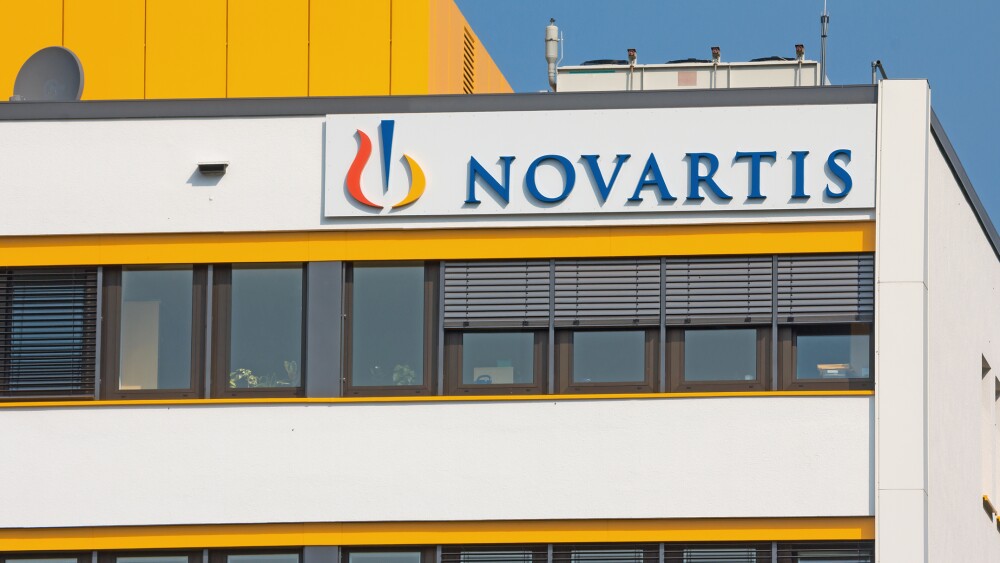A new approach to improving a patient’s ability to recover from a stroke is discussed in an article published this month in Science Translational Medicine.
By inhibiting lysophosphatidic acid (LPA) in the ATX-LPA signaling pathway, researchers at the University Medical Center of the Johannes Gutenberg University in Mainz, Germany were able to improve overall stroke outcomes.
The new approach is discussed in an article published this month in Science Translational Medicine.
According to the U.S. Centers for Disease Control, roughly 800,000 people suffer a stroke each year. A quarter of these strokes are seen in people that have suffered one previously, and an enormous financial burden is placed on the healthcare system as a result. Improving the post-stroke standard of care would reduce the rate at which strokes prove deadly - a scenario that occurs every 3.5 minutes in the U.S.
When a stroke occurs, oxygen and blood flow to cells is reduced, causing the hypoxic cells to release toxic amounts of glutamate through the ATX-LPA pathway. Glutamate excitotoxicity leads to penumbra or an area of injured brain tissue. Medical treatment to preserve the penumbra tissue is critical for improving a patient’s long-term stroke recovery. There are no current treatments that target LPA to reduce penumbra impact.
Through the Focus Program Translational Neuroscience and Immunotherapy, the researchers were able to identify a parallel increase in autotaxin (ATX) levels in mouse and human astrocytes after a stroke. The ATX increase stimulates LPA and induces a state of hyperexcitability and glutamate release. To target LPA and preemptively reduce the amount of glutamate released, inhibition of ATX signaling is required.
The researchers sought to demonstrate the role that ATX has in human physiological responses to stroke through analysis of biological samples. After the patient experienced a stroke, lumbar punctures were performed within 24 hours and each day for 14 days. The samples obtained allowed for quantitative analysis of ATX levels. Using a human enzyme-linked immunosorbent assay (ELISA), serum ATX levels of 84 patients who had previously experienced a stroke were compared with serum ATX levels of 30 participants that had not suffered a stroke. The conclusion found that “cerebrospinal fluid ATX concentration was increased up to 14 days after stroke.”
In mice experiments, astrocyte-specific deletion and pharmaceutical intervention occurred at various time points after a stroke using experimental middle cerebral artery ischemia and functional recovery (MCAO). The mice were then examined for neurological changes for 72 hours. Evaluation of subject motor function, sensory function, reflexes, and ability to balance was conducted at the 3, 24, 48, and 72-hour marks using Modified Neurological Severity Score (mSS) tests. As an additional test of balance, the Rotarod test was used prior to and after MCAO surgery. To quantitatively measure ATX increases, a western blot using autotaxin antibodies was performed. CSF samples were obtained and analyzed via ultra-high-performance liquid chromatography (UHPLC).
Analysis of all data collected through the mouse experiments demonstrated an “ameliorated stroke outcome, suggesting that this approach might have translational potential for improving the outcome after stroke.” As reported by BioSpace last month, the drug discover market, including the subdivision of cardiovascular medicines, is growing exponentially in response to research efforts such as this.





